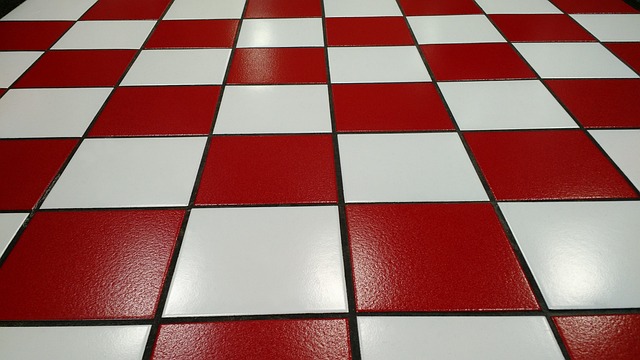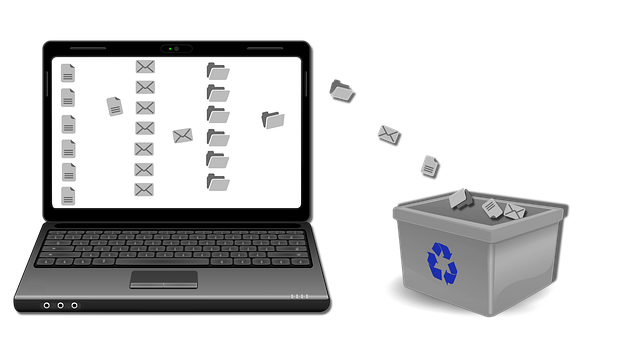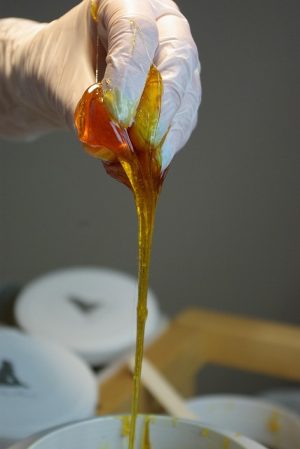Understanding grout stain removal starts with identifying causes like spills, dirt tracking, moisture, and bacteria. Assess stain severity for effective cleaning methods, from DIY solutions to professional interventions. Prepare tools, pre-treat stains, understand application techniques, maintain cleanliness, and choose products tailored to specific grout types for optimal results without damaging materials.
Tired of unsightly grout stains ruining your clean aesthetic? Discover affordable solutions for effective grout stain removal with this comprehensive guide. Learn about common grout stain causes, assess stain severity, and explore DIY techniques or professional services. We break down essential tools, pre-treatment tips, and post-cleaning maintenance for optimal results. Plus, find expert advice on choosing the right grout stain remover products to restore your space’s sparkle without breaking the bank.
Understanding Grout Stain Causes

Understanding the causes behind grout stain removal is crucial for effective cleaning. Grout, a material often used to fill the gaps between tiles, can accumulate stains due to various factors. One common reason is exposure to liquid spills, such as coffee, tea, or wine, which can quickly embed themselves into the porous grout. Additionally, everyday activities like tracking in dirt and mud, or even cooking splashes, contribute to staining over time.
Another factor is moisture, which can react with certain substances like latex, causing discolouration. Furthermore, bacteria and algae can also cause stains, especially in areas with poor ventilation or lack of regular cleaning. Identifying the specific cause will help determine the best grout stain removal method for effective, affordable solutions.
Assessing the Stain Severity

When it comes to grout stain removal, assessing the severity of the stain is the first step. It’s crucial to understand how deep the stain has penetrated the grout lines. Light stains on the surface can often be treated effectively with household cleaning solutions and a bit of scrubbing. However, deeper stains that have set in may require stronger, specialized cleaners or even professional intervention.
Visual cues like color depth, duration of the stain, and its spread across the grout lines offer valuable insights into its severity. For instance, newer stains that are still wet or slightly discolored might be easier to remove than older, dried-in stains that have had time to penetrate deeper into the grout material. Knowing this helps in choosing the right grout stain removal method for optimal results.
Gather Essential Tools and Materials

Before tackling grout stain removal, ensure you have the right tools and materials on hand to achieve optimal results. A sturdy brush with stiff bristles is essential for scrubbing away stubborn stains. Look for one designed specifically for grout cleaning to avoid damaging the surrounding tile. Additionally, gather a bottle of high-quality grout cleaner, preferably an enzyme-based formula known for its effectiveness in removing organic stains. Don’t forget protective gear like gloves and safety glasses to shield yourself from chemicals and debris. A bucket and sponge are also necessary for mixing solutions and applying them safely.
Pre-Treatment of Stained Grout Surfaces

Before attempting any grout stain removal, it’s crucial to pre-treat the stained surfaces. Start by sweeping or vacuuming the floor to remove any loose debris or dirt. Then, use a mixture of warm water and mild detergent to gently clean the grout lines. This initial step helps to loosen the stain, making it easier to eliminate.
For tougher stains, consider using a commercial grout cleaner or creating your own natural solution with baking soda and vinegar. Apply this mixture to the affected areas, let it sit for a few minutes, and then scrub gently with a soft-bristled brush or sponge. This pre-treatment process significantly improves the effectiveness of your grout stain removal efforts.
Application Techniques for Effective Cleaning

When it comes to effective grout stain removal, understanding different application techniques is key. Begin by identifying the type and severity of the stain. For surface stains, a mild cleaning solution and a soft-bristled brush can do wonders. Apply the cleaner directly onto the stained area, gently scrub in circular motions, then rinse thoroughly with warm water. This technique is ideal for removing everyday grime and minor discolourations.
For tougher, embedded stains, a more intensive approach is necessary. Consider using a grout stain remover designed to penetrate deep into pores. Apply the product according to manufacturer instructions, often involving spreading it evenly over the affected grout lines and letting it sit for a specified time before scrubbing and rinsing. This process can effectively break down and lift even stubborn stains, leaving your grout looking fresh and clean.
Post-Cleaning Maintenance Tips

After successfully removing grout stains, maintaining your newly restored space is key. Regular cleaning and proper care will help extend the life of your clean grout and prevent future staining. Here are some simple tips to keep in mind:
1. Mop up spills immediately: Quick action is essential to preventing stained grout. Always have a clean, dry cloth or sponge nearby to blot any liquid messes as soon as they occur. This minimizes the chance for deep penetration, making post-cleaning maintenance easier.
2. Use mild, non-abrasive cleaners: When cleaning your grout, opt for gentle, pH-neutral detergents or vinegar-based solutions. These are effective yet safe for both the grout material and surrounding tiles. Avoid using harsh chemicals, as they can damage the grout and tile finish over time. Regular mopping with warm water and a mild detergent will keep your grout lines looking fresh.
DIY vs Professional Services

When it comes to removing grout stains, homeowners have a choice between DIY methods and professional services. Doing it yourself can be appealing due to cost savings and control over the process. Many DIY solutions involve using household items like baking soda, vinegar, or commercial stain removers. These methods are often simple and accessible, allowing you to tackle minor stains in your grout. However, for more severe cases, especially with deep-seated grime or hard-to-reach areas, professional services might be the better option.
Professional grout stain removal offers expertise and specialized tools that DIY methods may struggle to match. Grout cleaners have access to stronger, industrial-grade chemicals and equipment designed for efficient cleaning. They understand the intricacies of different grout types and can tailor their approach accordingly. While it might cost more, professionals provide a deeper clean, ensuring stubborn stains are eliminated without damaging your grout or tiles in the process.
Choosing the Right Stain Remover Products

When tackling grout stain removal, selecting the appropriate products is a pivotal first step. The market offers a plethora of options tailored for different types and severity of grout stains. For instance, enzyme-based cleaners are effective against organic stains like coffee or grease, while acid-based solutions excel at removing mineral deposits and hard water stains.
Choosing the right product depends on understanding your grout material—ceramic, porcelain, or stone—and the specific nature of the stain. Always opt for products designed for grout stain removal to ensure safety and optimal results without damaging your grout. Additionally, reading product labels and following instructions will guarantee efficient application and avoid potential harm to your tiles.
